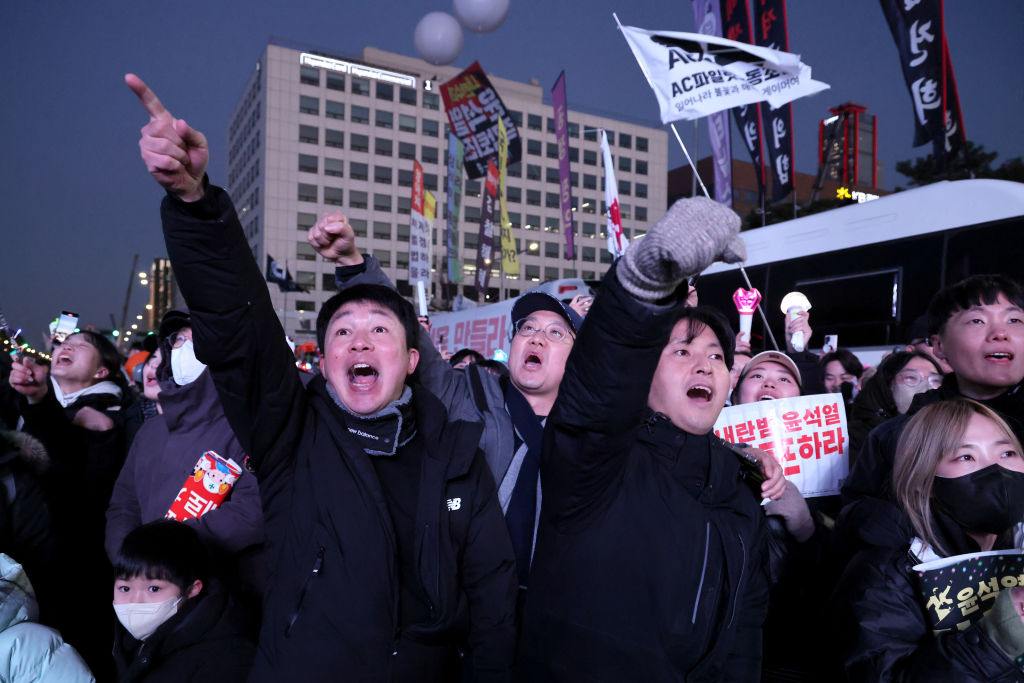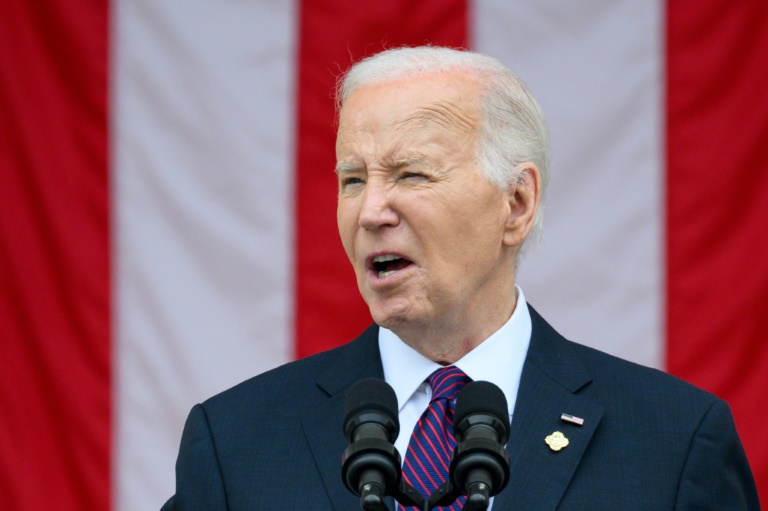The discourse surrounding burnout has surged in recent years, given that it seems to penetrate every sector of society, regardless of gender, seniority, or geographic location. So a question to be answered is why is it everywhere and what are the common threads that society shares? This article will help connect those dots and shed light on the elephant in the room – the ‘new burnout triad.’
Dr. Tomi Mitchell, a board-certified family physician and wellness and performance coach, shares her unique perspective on the burnout discourse. According to her, workplaces can certainly play a supportive role in addressing burnout. However, they shouldn’t bear the full responsibility of addressing matters related that are outside of their control impacting the workplace environment. She supports mainstream beliefs that encourage individuals to take ownership of their well-being, recognize their limitations, and seek avenues for personal growth and self-care.
Dr. Mitchell has over a decade of experience in providing client-focused healthcare, providing her with a profound understanding of the multifaceted nature of burnout. She argues that the conventional approach to defining and addressing burnout was merely a bandaid approach that barely scratched the surface of its complexity, which only perpetuated the chronic nature of burnout.
To illustrate her point, Dr. Mitchell shares the World Health Organization’s (WHO) definition of burnout, which is a “syndrome conceptualized as resulting from chronic workplace stress that has not been successfully managed.” She asserts that focusing only on workplace stress overlooks the interconnectedness of personal and professional domains in shaping individuals’ burnout experiences.
Given her background in medicine and transformational coaching, Dr. Mitchell advocates for a holistic approach that considers the interplay between individual mindset, interpersonal relationships, and workplace dynamics. She also urges individuals to address occupational, physical, emotional, social, spiritual, environmental, financial, and intellectual aspects of life to combat burnout.
Her experience with burnout further solidified her belief in the need for this approach. “I had my own experiences with burnout, and when I reached the peak of it, I realized that it’s not only work demands and societal pressures that made me struggle. I also had to work on my strained relationships,” Dr. Mitchell shares. This realization urged her to uncover the root causes of burnout and the role of interpersonal relationships in mitigating or exacerbating its effects.
With this, the seasoned professional introduces an updated concept of the “burnout triad.” The original concept addresses emotional exhaustion, depersonalization, and a sense of decreased accomplishment, which only captures a small fraction of the bigger, yet sometimes uncomfortable issues that need to be addressed. Dr. Mitchell’s updated concept emphasizes that rather than focusing primarily on work as a source of burnout, individuals need to address the three critical relationships in their lives—their relationship with themselves, with others, and with work and society.
Dr. Mitchell likens these three crucial elements to the legs of a stool. “Think of it like a stool with three legs,” she suggests. “You can only sit on it and be stable if you have all three legs working, not one short and one long. They need to be equally supporting you.” This analogy showcases the significance of balance among these aspects of life in preventing burnout and promoting overall well-being.
Dr. Mitchell aims to address the prevalent scapegoating of the workplace in burnout scenarios through her innovative three E’s framework: Embrace, Evaluate, and Energize. This framework offers a holistic approach to managing burnout by digging deeper into the burnout triad – relationships with one’s self, intimate partners, and work and society.
“Embrace” entails understanding the influence of past experiences on one’s current self, including childhood upbringing and societal expectations. Many individuals unknowingly carry unresolved issues from their past. These manifest in unrealistic expectations and perfectionism, leading to burnout.
Next, the framework encourages individuals to “Evaluate” the root causes of their burnout. They must look beyond surface-level symptoms to discover other contributing factors. Perhaps the most important step is “Energize,” where individuals take empowered action, accountability, and support to address the identified issues.
Her methodology begins with active listening. She takes time to understand their situation, asking probing questions about the duration of their symptoms, previous actions taken, and their emotional state. Moreover, she delves into their social support network, exploring relationships and identifying key individuals they turn to during challenging times. As a physician, she also considers potential medical factors that may contribute to burnout, such as undiagnosed health conditions, which can significantly impact one’s well-being.
This innovative approach stems from Dr. Mitchell’s extensive experience engaging with individuals and facilitating open discussions with stakeholders to address issues. She highlights the importance of holistic assessment and collaboration, learning about interpersonal dynamics from working with her clients. In addition, unlike professionals who employ traditional therapy approaches, Dr. Mitchell challenges the status quo to initiate meaningful change, positioning her as a leader in the field.
Dr. Mitchell also sheds light on today’s social climate. She acknowledges the changing landscape of generational values, seeing a societal trend that contributed to a generation that may lack the necessary skills to navigate challenges independently. She then references Pediatrician Dr. Kenneth Ginsburg’s seven Cs of Resilience, which stresses the significance of competence, confidence, connection, character, contribution, coping, and control in building resilience. Imbuing these qualities in children, families, and communities can better prepare them to confront life’s challenges and combat burnout.
Ultimately, Dr. Tomi Mitchell’s all-encompassing approach to addressing burnout tackles the complex interplay of individual experiences and societal influences. Through her three E’s framework and holistic wellness principles, she offers individuals a solution to build resilience and ensure overall well-being. She challenges you to ask yourself those uncomfortable yet powerful questions about your three critical relationships. “I implore you to look within to do the work on yourself. It is not advisable to attempt to take someone on an emotional and mental journey that you have not yet taken yourself” states Dr. Mitchell.







